Directional lighting
Floodlights, spotlights, and spreader lights are directional luminaires that produce controlled beams of light. Directional luminaires designed in a compact package are installed on small to mid-sized vessels such as recreational powerboats, sailboats, yachts, professional workboats and fishing fleets. A floodlight projects a wide beam of light that lights up a broad area close to the luminaire. Spreader lights are a type of floodlights that are installed on a sailboat to illuminate the deck from the mast shroud spreaders. A spotlight produces a tighter, more focused beam that can travel a far distance ahead of the boat. The concentrated beam of light pierces the darkness far into the distance to improve visibility that helps ensure a safe voyage. This transformative LED technology redefines the limits of fixture design and pushes the boundaries of lighting performance. By marrying the latest in LED technology, directional luminaires are capable of producing precisely defined beams of bright light with minimal amp draw.
LED system design
LED directional luminaires for recreational and work boat lighting are highly engineered systems that interface the LED packages directly to their electrical, thermal and optical sub-systems for excellent performance, durability and reliability. The integrated architecture allows the luminaires to be designed beyond legacy form factors. LED floodlights, spotlights, and spreader lights can take various forms such as light bars, cubes, and round lights, which can be chosen to facilitate optimal light distribution for a specific application. The light engine of an LED directional luminaire may use high power LEDs, mid-power LEDs (PLCC), chip-on-board (COB) LEDs, or chip scale package (CSP) LEDs. Ceramic or chip-scale packaging is preferred when higher thermal stability of the light source is required. The light emitted by the LEDs is regulated by a reflector, a lens, or a combination of them. To produce spot beams with FWHM angular widths of less than 10 degrees total internal reflection (TIR) optics are the optimum solution.
Load regulation
LED directional luminaires mostly run off 12V or 24V DC power. The driver circuitry is typically configured to accept a multivoltage input (e.g., 9-36V DC). If the supply voltage has a wide variation or high circuit efficiency is fundamental the driver is designed as a switch mode power supply (SMPS). However, the high-speed switching operation of an SMPS can generate electromagnetic interference (EMI). It is of vital importance to shield the noise and disturbance to meet the electromagnetic compatibility (EMC) requirement. Linear power supplies are usually employed in LED systems that require a low-noise power source. However, linear regulators only work in applications where the load voltage is less than the supply voltage.
Corrosion control and ingress protection
Boat lights should be made to withstand the harshest of marine environments. Marine atmospheres are laden with chlorides such as salt particles or droplets of salt-saturated water which can corrosively attack aluminum alloys. An important step in the corrosion control process is surface treatment of the die cast aluminum housing with a protective conversion coating. An organic coating is then applied on aluminum substrates to create a hard finish. Boat lights are completely sealed systems that are temporarily submersible (IP67), protected against the effects of continuous immersion in water (IP68), or resistant to high temperature, high pressure water jets from any direction (IP69K).

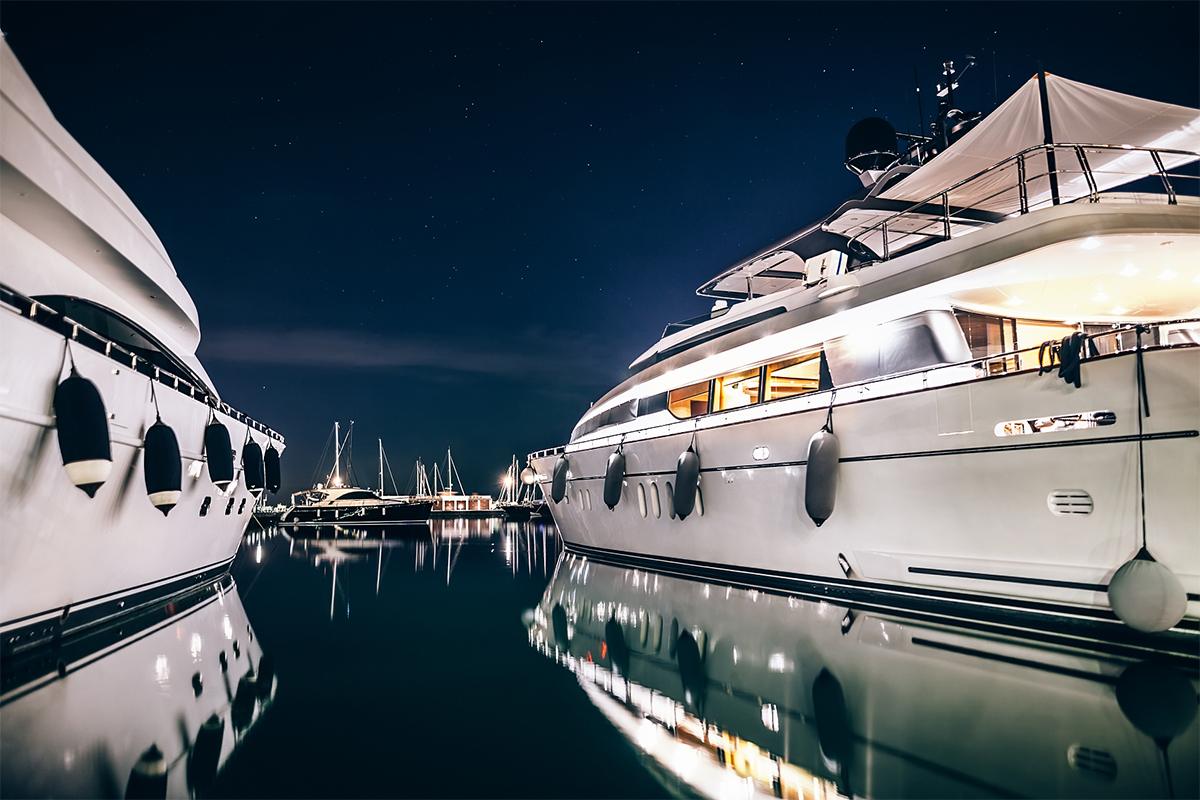
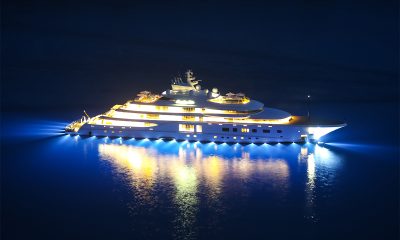
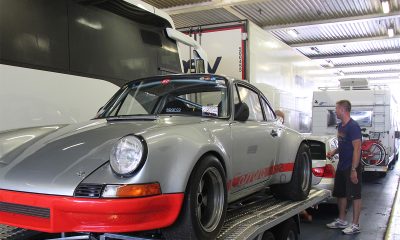
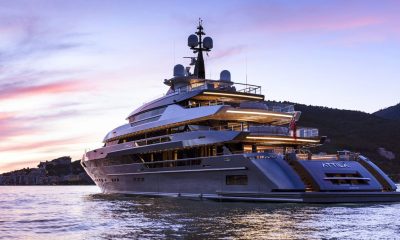
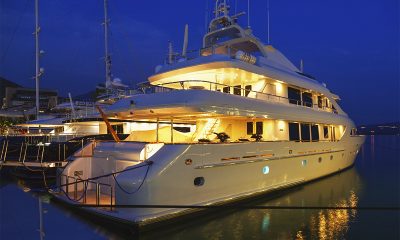
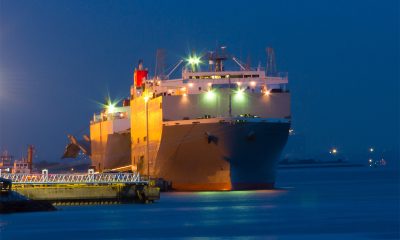
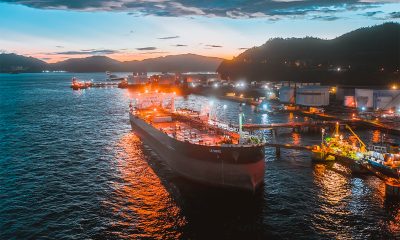
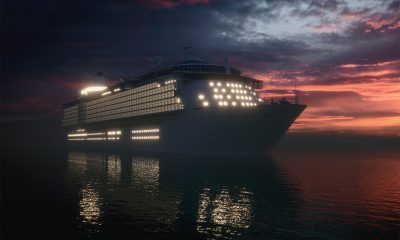
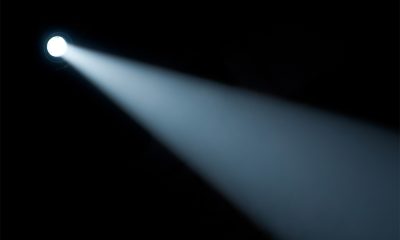





Loading...